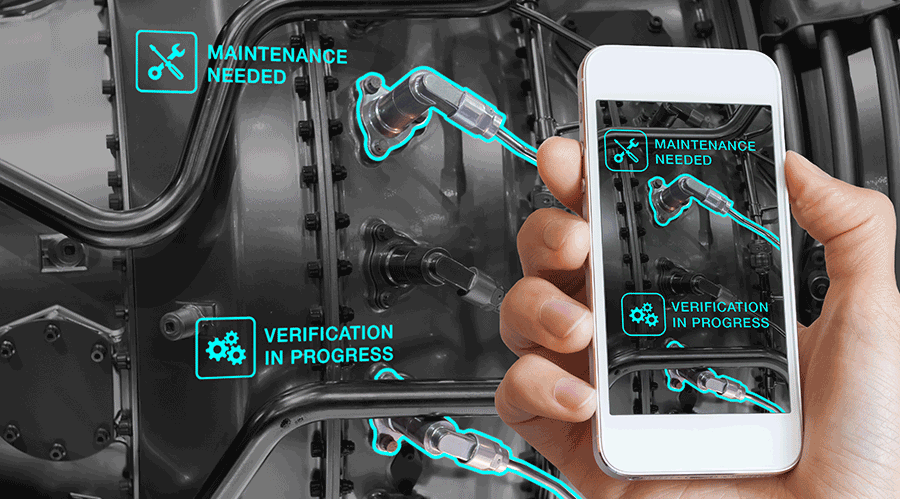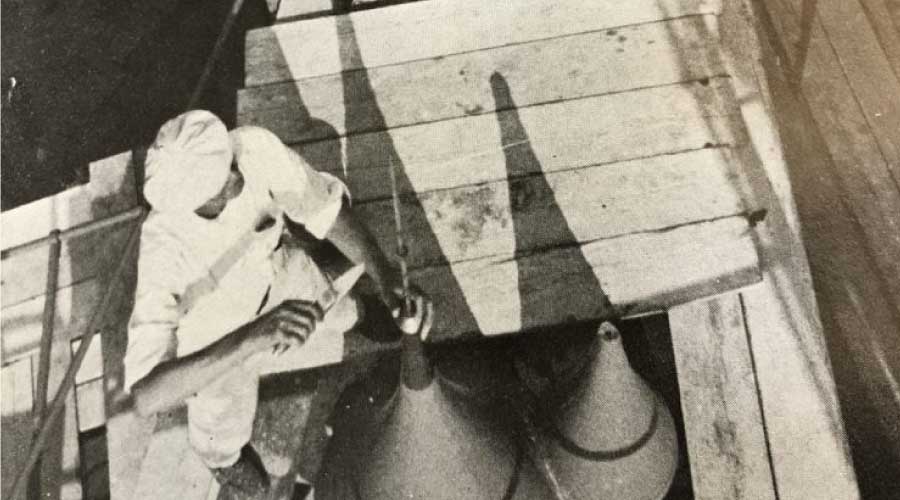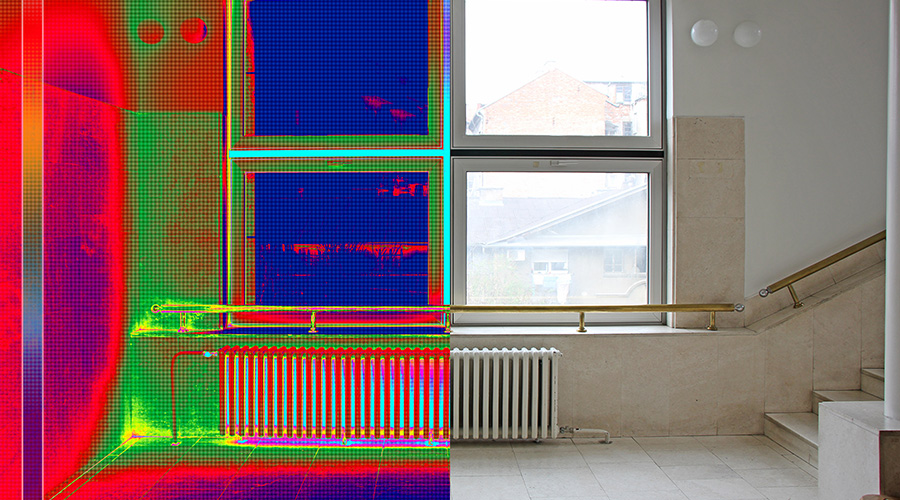Hygiene Concerns Primary in Health Care Plumbing Upgrades
Flow rates for many urinal flush valves also have dropped, from 1 gallon to in many cases as low as one-eighth of a gallon.
"They maintain themselves like a normal urinal would, and rinse the back wall," Gilmore says. "They sustain themselves. We're seeing them on an upward trend."
Sensor products have emerged as a popular option to save water in educational facilities.
"Utilizing products at the sink that can run for a set time, like metering or sensor-operated options, can save precious resources," says Kristin Meyers with Moen Commercial. "When unique motion sensors start and stop the flow of water, it can automatically reduce daily gallons used, lowering sewage bills, limiting hot-water consumption, and saving energy."
Health Matters
No matter what kinds of water savings from plumbing-system upgrades in health care facilities are on the line, they take a back seat to maintaining healthy environments. Hygiene issues, such as legionella that can arise as the result of users coming into contact with toilet bowls, urinals and sinks, are among the obvious concerns for managers.
"In public restrooms, a hospital can emphasize water efficiency with 0.5 gpm sensor faucets or 1.28 gpf toilets," says Steve Connaughton with Sloan Valve Co. "But in patient rooms, nurses' stations and other areas, hygiene is by far the No. 1 issue. Touchfree electronics become even more important. When faucets, flush valves and bedpan washers operate automatically, there's less chance of spreading germs between healthcare workers and patients."
Finding the right time to take on a retrofit project is also a hurdle for managers in health care facilities. Given the 24/7 nature of facility operations, managers often must go to great lengths to coordinate schedules with doctors and nursing staffs to ensure the project is successful and does not disrupt patient care.
"There's also a profitability piece for the hospital," says David Scelsi of Zurn Industries. "If they're down, the rooms aren't being occupied, and they are not getting revenue. Being able to quickly retrofit hospital jobs is pretty important."
Related Topics:














